I attached 7 images to this to show you what I mean when I describe everything I checked, so you could take a look to see that it's right/wrong and let me know if I missed anything.
I started with the LED/Power Switch/Reset Button wires. My motherboard manual shows that grey wires are positive, and like much motherboards, that meant that the writing on the wires was pointing down. I had LED + and then - on top, followed by the Power Button +/- next to it. It only had 4 prongs on top so all of them were taken.
Below, it Went HDD +/-, an open spot (marked as ground in my manual, and then the Power Reset +/-.
The only thing I noticed that was odd is that my manual shows LED +,-, Power, ground as the four top prongs, but my Power is 2 prongs long, so the negative end is plugged into the ground? That is the same with the bottom, with it going HDD LED +,-, Ground, Power Reset, Ground, with my power reset being two prongs so the - lead is in the ground.
The only other thing I could think: The 24 pin power supply is plugged in, with the 4 pin one right next to it. That looks right to me, but maybe it is loose or something?
The 2 4pin CPU wires have been plugged in firmly, even without the CPU so I don't think this is the issue either way.
The SATA cables have been plugged in on both ends, but once again wouldn't be the issue.
The USB 3.0 cable is plugged in, which shouldn't be the issue.
All 3 Fans are plugged into the fan controller, and then the fan controller is plugged into the molex power supply. Which shouldn't be the issue.
The HD audio is plugged in.
The USB 2.0 is plugged in.
I have plugged the Power to each hard drive as well.
The PCI-e wire is sitting to be plugged in when my GPU arrives.
That is all I have for information, I will continue to look at it for a bit and any advice would be greatly appreciated. Thanks



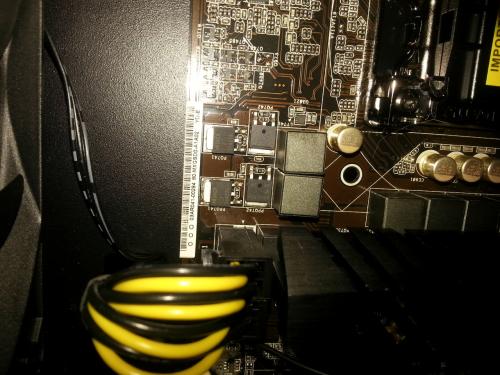
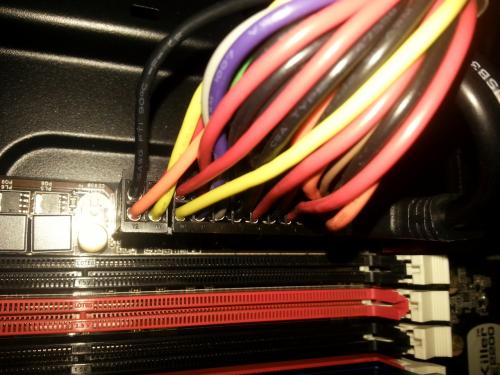
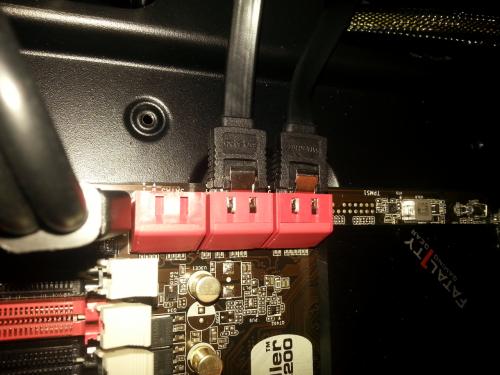
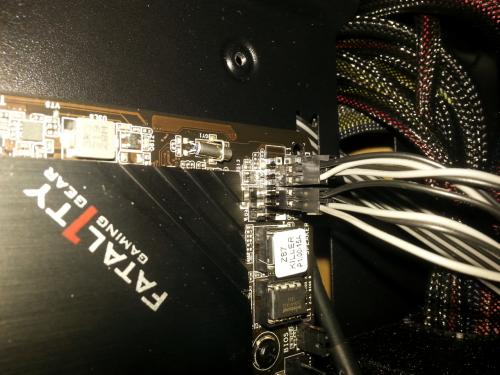
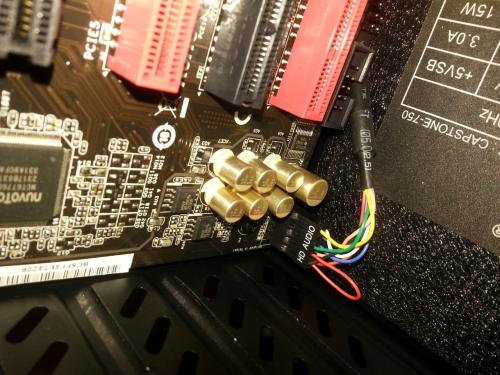
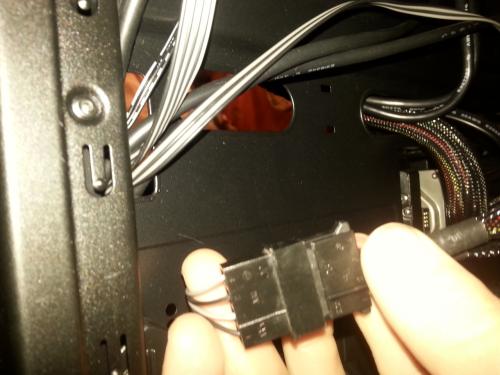
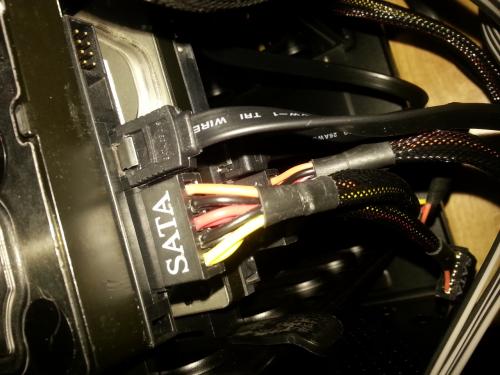














 Sign In
Sign In Create Account
Create Account

